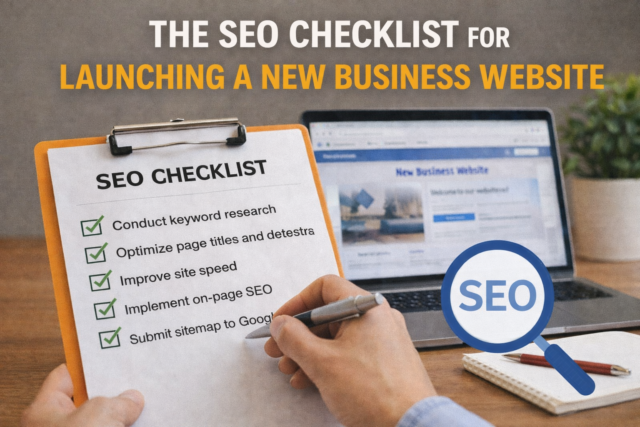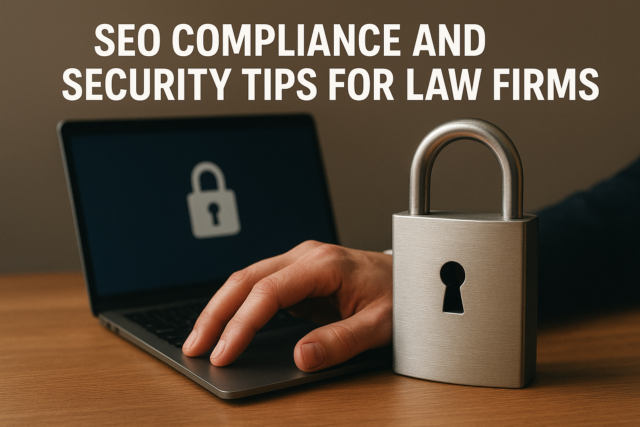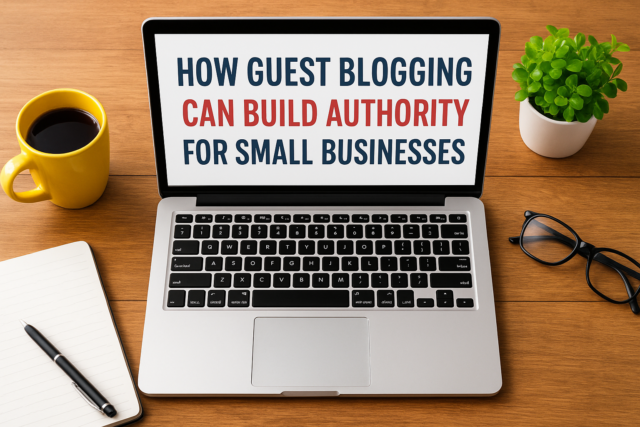Influencer Marketing Campaign works because it uses social media platforms to facilitate word-of-mouth advertising. This $2.1 billion industry exists today. Influencers today come in all forms and sizes, from nano (less than 1,000 followers) to macro (up to a million followers). In contrast, the landscape was restricted to a small pool of superstars or influencers in the past. Influencer marketing has become a powerful tool for brands to reach their target audience and promote almost anything.
Artificial intelligence has made identifying and utilizing the correct influencer easier. Furthermore, influencer marketing has expanded beyond Instagram to include TikTok, YouTube, and Facebook. However, as a marketer, how can you determine whether the influencer or tactic is effective? Key performance indicators (KPIs) are necessary to measure performance, just like any other digital marketing channel. In this blog post, we’ll discuss six crucial KPIs to monitor for your influencer marketing initiatives.
What do you want from your Influencer Marketing Campaign?
Before establishing your KPIs, it’s critical to consider the objectives of your influencer campaign. Consider what you can only accomplish with the help of an influencer. What results did you get if you’ve already conducted an influencer campaign? Do you have any suggestions for improving its success? Consider your main objectives since these will determine your influencer campaign’s approach, content, and distribution method. Is increasing sales, leads, conversions, or brand awareness your main objective? It is also very important to consider your social media platform. Which network does your brand use to generate interaction? Which platform does your target market use frequently? Where are you experiencing success with paid or organic marketing?
According to The Influencer Marketing Benchmark Report 2024, TikTok has the highest engagement rates for influencer campaigns, ranging from 10% to 15%, whereas Instagram has lower engagement rates from 1% to 4%.
When choosing your influencers and organizing your campaigns, keep the platform’s popularity in mind.
Best advice: After determining your objectives, look for related influencers using resources like BuzzSumo, Heepsy, or the TikTok Creative Centre.
How are influencer marketing campaigns monitored?
You know your objectives; however, how do you intend to monitor and measure your influencer campaigns?
If your campaign involves an offer, you should track performance using a promo code (SUMMER20) and include tracking parameters, UTMs, and text snippets appended to URLs to assess performance. This is standard procedure for any digital marketing campaign. Google Analytics (GA4) ought to be your closest ally for reporting and campaign tracking. Alternatively, you can employ a sales platform or tool like Grin, Keyhole, or Upfluence, specializing in influencer campaigns.
Therefore, let us explore the key performance indicators (KPIs) utilized to monitor your influencer campaign.
Traffic
An essential metric for any digital marketing campaign, traffic indicates the number of individuals who view your content.
Traffic will provide insight into the campaign’s scope and reveal much about its overall effectiveness.
For instance, if you observe an increase in traffic but no conversions, the page requires an adjustment. Potential remedies encompass modifying the landing page, conducting A/B tests on content, or evaluating call-to-action icons to gauge user response.
The following metrics can be monitored for traffic:
- Recent Visitors
- Intense sessions
- Suggesting sources
- Intense page views
- Staying on-site
Engagement
Engagement is a crucial KPI because it offers a more detailed picture of how your campaign was received. While audience and interaction indicate how well your material was obtained, traffic and reach indicate how many people viewed it. Engagement is important since it shows how well your target demographic receives your campaign, how current you are, and how devoted your clients will be. You can use this example of American TikTok user engagement rates by influencer size and industry to measure your campaign.
A solitary engagement can refer to any of the following actions performed by your audience (platform dependent):
- Likes
- Reactions
- Shares
- Comments
- Clicks
- Votes
- Pins
- Video views
- Brand mentions
Multiply the result by 100 after dividing the count of post interactions (such as likes, shares, or remarks) by the number of followers.
Conversions in Influencer Marketing Campaign
As marketers, the main objective of a campaign is to increase sales and growth, which is where your conversion rate KPI is useful. Tracking sales before, during, and following the campaign and comparing any variations in sales that transpired during the campaign’s duration is a simple method of monitoring conversions brought about by the influencer marketing campaign. Establish affiliate links, landing pages, promo codes, UTM parameters, and link tracking for the campaign for a more advanced strategy. This will assist you in monitoring the sources of traffic from clients who converted during the campaign. Recall that managing an influencer campaign to increase sales involves more than just generating leads, even though tracking your lead creation statistics is crucial. You must monitor the number of leads that converted to sales.
According to the Benchmark Report on Influencer Marketing for 2024, “56% of marketers use influencer campaigns to create user-generated content while 23% use it to generate sales.”
Brand Sentiment and Brand Awareness
Influencers offer several advantages, including their audience, which can help your brand become more visible. This is a crucial first step when you want to increase brand awareness and create new partnerships. Sentiment and brand awareness are top-of-the-funnel KPIs that will assist you in determining how your brand is viewed, if at all. Although the number of influencer followers may be fewer, these followers should be people who are interested in what you offer, making them highly helpful for smaller firms or those in niche markets. In the current era of authenticity, where consumers are drawn to open brands with a clear mission, brand sentiment can help you collaborate with influencers who share your beliefs. This may build rapport and trust with your audience.
To determine brand awareness, track the number of people your campaign reached, the number of new prospects who learned about your brand, and the degree to which the campaign reinforced your brand among current prospects. This can be accomplished by monitoring impression statistics on your postings, which include blog entries, social media updates, videos, and other materials you produce, especially for the campaign. GA4 and social media analytics are useful tools for this. Use social listening tools, such as SparkToro or Talkwalker, to monitor conversations people are having about your brand and measure sentiment regarding it. Surveys and polls on social media can also be used to gather feedback and ask questions about the influencer campaign.
Rate of Audience Growth
Reach and awareness is similar to audience growth, but there is one important distinction: just because a campaign touched someone doesn’t guarantee they interacted with the material. Let’s take an example of you clicking on a blog post from a culinary influencer while browsing your Instagram feed. You click through to the website of a recently opened local restaurant from the blog.
This would be a success if you were tracking traffic and reach KPIs. However, imagine that after looking at the menu, you find that no dishes meet your dietary requirements. You then depart from the location and stop thinking about the eatery. Consequently, the campaign may have been more successful based on the audience growth KPI. Let’s imagine, however, that you go to the restaurant’s website and discover the menu was created with your diet in mind. You may receive news and updates by following them on Instagram. They’ve gained a new follower and potential consumer; thus, this is a success. The audience growth KPI is crucial because it provides a more comprehensive view of your success. Remember that your goal is to turn prospects into devoted clients and reach as many people as possible.
Use social media site analytics to measure the number of new followers you acquire during the campaign and compare it to your pre-campaign figures to gauge audience growth. You may do the same with your email lists by comparing the number of prospects who joined during the campaign to those who joined before it. Deducting the pre-campaign follower count from the post-campaign count and dividing the result by the pre-campaign count can give you the audience growth rate. The percentage follower growth rate can then be obtained by multiplying by 100.
ROI in Influencer Marketing Campaign
Since it concentrates on profitability, return on investment (ROI) is among the most significant KPIs for any marketing strategy. This indicator validates a campaign’s success and allows you to launch another one! To achieve a good return on investment (ROI), your income must surpass your outlay, including the influencer’s cost and other related costs. Remember that ROI isn’t always about making a profit. Marketers also use Earned Media Value (EMV) as a key performance indicator (KPI) for influencer marketing. EMV may measure the worth of every organic exposure your influencer initiatives produce.
In conclusion, KPIs for Influencer Marketing Campaign
Influencer marketing was once thought to be a fad or a tactic best left to large, well-funded corporations. (Or something that would take a backseat to content makers with the rise of TikTok). However, thanks to the increase in nano- and micro-influencers, firms of all shapes and sizes may now effectively leverage influencer marketing. The secret is knowing what you want to accomplish, picking the appropriate social media channel, and collaborating with an influencer who best fits your message and brand. Concentrating on these six KPIs will allow you to assess the overall effectiveness of your campaign and make necessary adjustments if something is preventing you from reaching your objectives. Ultimately, it all comes down to forging a fruitful collaboration with an influencer who resonates with your audience.





